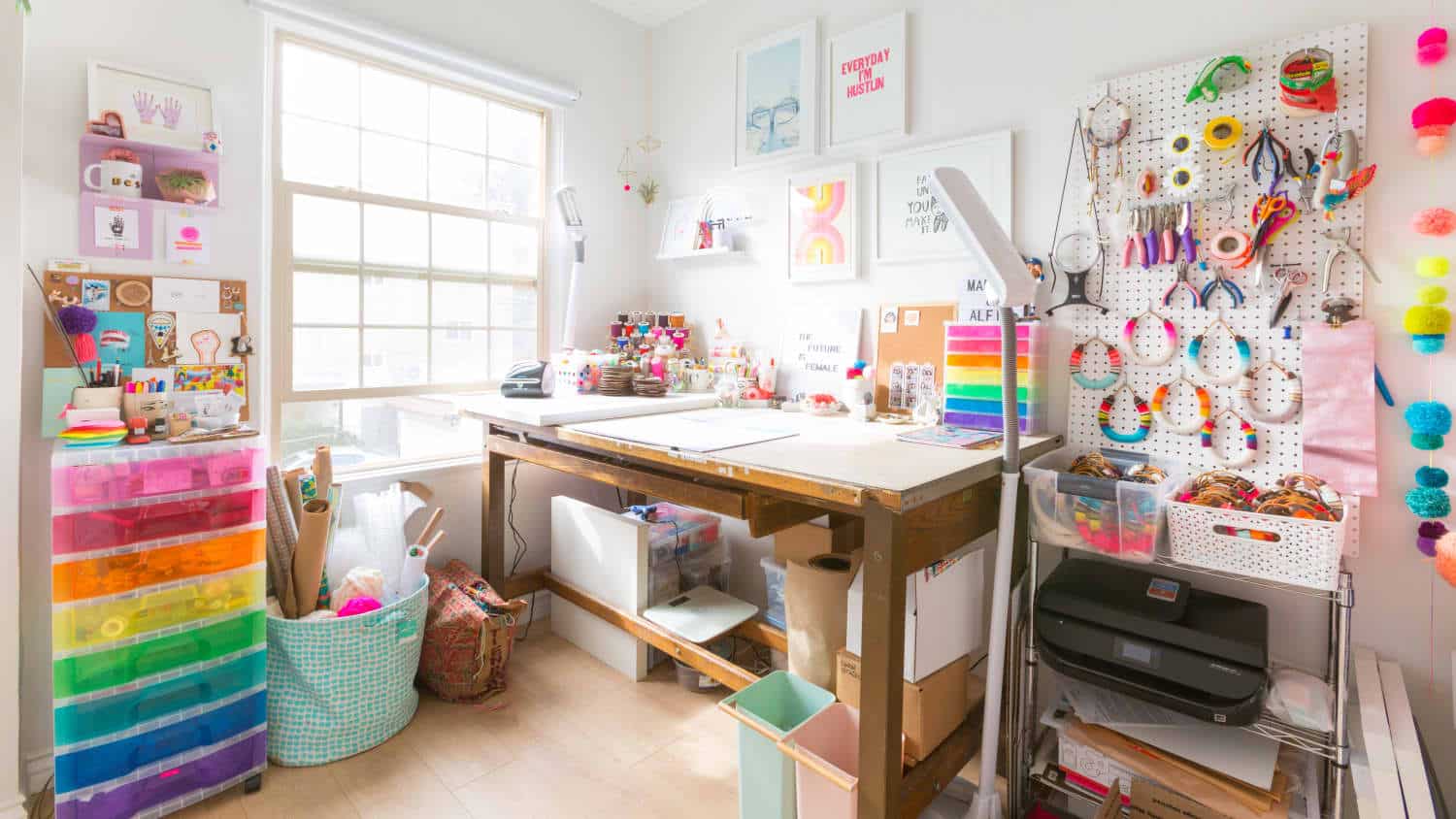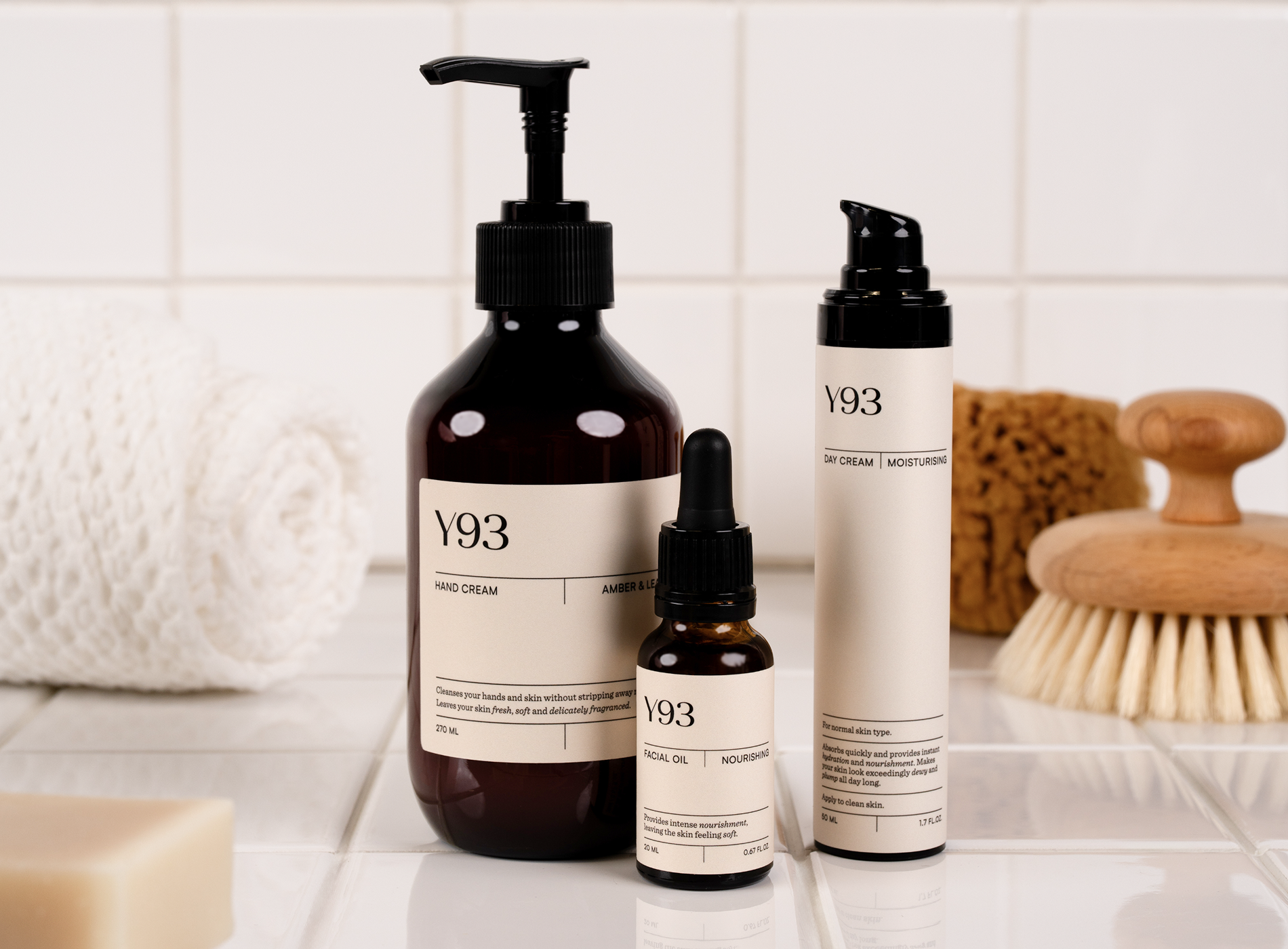Crafting Your Digital Masterpiece: Top 5 Things Interior Designers Must Have on Their Professional Website
Starting an interior design business is just as exciting as it is challenging. As an entrepreneur, you’ll have the freedom to make your own schedule, build a customer base, or even create your own brand. But this industry is very competitive, and making a name for yourself won’t be easy.
One of the first things you need to do is set up a business website. This will allow you to build an online presence and grow your reach. Plus, it’s an opportunity to share your expertise and build trust with potential customers.
A professional website can set your business apart and open up new opportunities. For example, you could use it to sell interior design packages, mood boards, or home decor items.
But first, make sure your site has a compelling About page, engaging copy, eye-catching images, and other key elements. Here’s how to get started.
1.Showcase Your Best Work
The U.S. is home to more than 148,000 interior designers, and this number continues to grow each year. A creative portfolio can give you a competitive edge and make it easier to break into the industry.
One option is to create your portfolio from scratch with online tools. Alternatively, use a pre-built portfolio template to save time. For example, Wix and other website builders feature fully customizable templates. All you need to do is upload images of your work, such as before and after photos, mood boards, and sketches.
Your portfolio may also include 3D renderings, layouts, design concepts, and other resources that showcase your personality and style. Use white space to make them stand out and keep the viewer engaged.
If you were a personal trainer, you’d use your portfolio website to share your wellness journey. For instance, you could write about your transition to a healthy diet or share fitness tips.
But when you’re an interior designer, your work is largely visual. Therefore, you’ll want to use high-quality photos and videos to tell your story.
2.Write a Compelling “About” Page
Your potential customers may already know what it’s like to work with an interior designer, but they don’t know what to expect from you. A compelling “About” page will draw their attention and give your business a human touch. Share how you got to where you are today, what excites you about your work, and what you bring to the table.
Be authentic and use a friendly, conversational tone. Your About page isn’t a resume or cover letter, but a reflection of your brand’s story.
So, it’s okay to mix some humor into your writing and talk about your journey with its ups and downs. You’ll also want to highlight your unique value proposition and end with a strong call-to-action (CTA).
3.Include Customer Reviews and Testimonials
Customer reviews and testimonials serve as social proof, increasing trust and credibility. They can also help you gather constructive feedback and learn more about your audience.
With that in mind, consider asking your customers for reviews. Share their feedback on your homepage, About page, or Services page, as well as on social media.
Better yet, use customer satisfaction surveys to collect feedback and then publish the reviews on your site.
If your business is new, reach out to former teachers, colleagues, or other professional contacts. Ask if they could write a few lines about your skills and what it’s like to work with you.
4.Start a Blog to Share Your Expertise
Your interior design website should also include a blog. Think of it as an opportunity to share your knowledge and provide added value to customers.
For example, you could write about how to create an eclectic interior, decorate a new home, or maximize small spaces. Use social media and online platforms like Reddit or Quora to find topic ideas.
Be consistent and publish fresh content at least once a week. Optimize your blog posts for relevant keywords, or search terms, to gain visibility online.
Apart from that, write with your audience in mind. Use plain language, share actionable tips, and add visuals to illustrate your point. Add social media buttons to make your content easy to share.
If you’re considering starting a blog but are unsure about which web hosting service to choose, you might want to explore some GoDaddy alternatives for website owners.
5.Build an Effective Contact Page
Your Contact page should include more than an email address or online form. Instead, try to give customers the push they need to choose your business.
Add quirky illustrations, photos of your work, and links to your social media pages. If you have a physical office, embed a map and list your opening hours.
Another option is to add a booking form so customers can schedule meetings without having to call or email you. The appointments will appear on your calendar, making it easier to stay organized.







